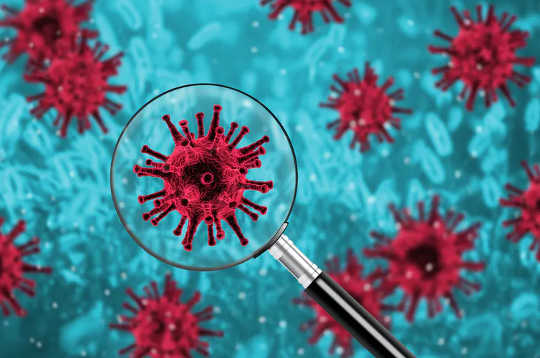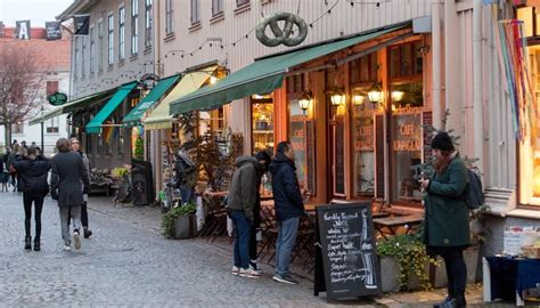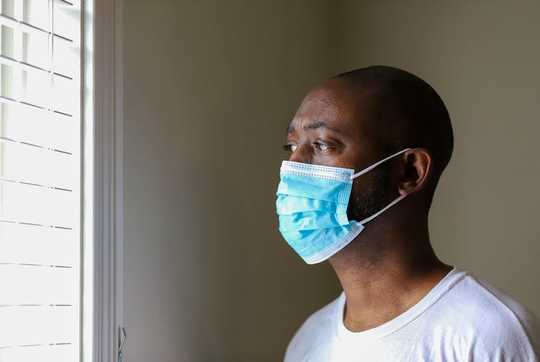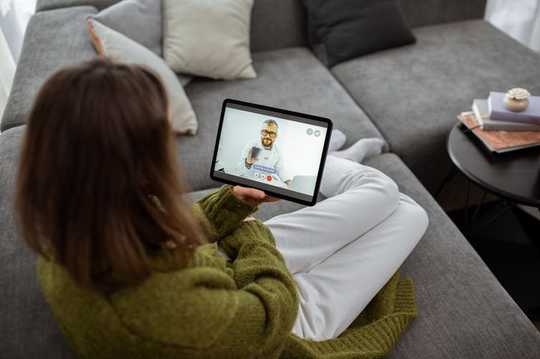
More than 10 years after its passage, the Affordable Care Act once more hangs in the balance. There have been plenty of near misses before, including previous Supreme Court appearances and Congressional votes.

The current COVID-19 pandemic, the largest public health crisis in a century, threatens the health of people across the globe.

COVID-19 has placed a spotlight on the inequities of Canada’s current “curative” health-care system and the problems associated with viewing health policy in isolation from social factors.

A return to pre-pandemic normal life seems impossible for the foreseeable future. In the absence of control measures, it would result in the rapid spread of coronavirus and many deaths.
- By Zoë McLaren

Broad access to testing is one of the most powerful tools to keep the COVID-19 pandemic under control until there’s an effective vaccine in use.
 On Sunday, New Zealand marked 100 days without community transmission of COVID-19. From the first known case imported into New Zealand on February 26 to the last case of community transmission detected on May 1, elimination took 65 days.
On Sunday, New Zealand marked 100 days without community transmission of COVID-19. From the first known case imported into New Zealand on February 26 to the last case of community transmission detected on May 1, elimination took 65 days.

Research shows that doctors who offer empathic and positive messages can reduce a patient’s pain, improve their recovery after surgery and lower the amount of morphine they need.

The COVID-19 pandemic has brought once-in-a-generation destruction to the lives and livelihoods of people around the world.
 In March, 10,000 NHS staff signed a letter to UK prime minister Boris Johnson demanding better protection against COVID-19.
In March, 10,000 NHS staff signed a letter to UK prime minister Boris Johnson demanding better protection against COVID-19.

As the COVID-19 pandemic swept across the U.S., the virus hit African Americans disproportionately hard. African Americans are still contracting the illness – and dying from it

Rural areas seemed immune as the coronavirus spread through cities earlier this year. Few rural cases were reported, and attention focused on the surge of illnesses and deaths in the big metro areas.

Each government has responded differently to the coronavirus pandemic — including how data on the disease have been shared with each country’s citizens.

While no country claims to be pursuing herd immunity as a strategy, some – such as Sweden – have taken a more relaxed approach to containing the coronavirus.
- By Joy Damousi

One of the haunting images of this pandemic will be stationary cruise ships – deadly carriers of COVID-19 – at anchor in harbours and unwanted. Docked in ports and feared.
- By Hassan Vally

To understand the spread of COVID-19, the pandemic is more usefully viewed as a series of distinct local epidemics. The way the virus has spread in different countries, and even in particular states or regions within them, has been quite varied.

In these difficult times, the press and the public are piling complaints on governments and corporations over their responses to the pandemic.
 As of April 21, the country had reported 268 cases of COVID-19, the disease associated with the new coronavirus, with more than 140 people making a full recovery.
As of April 21, the country had reported 268 cases of COVID-19, the disease associated with the new coronavirus, with more than 140 people making a full recovery.

Daily updated graphs illustrating the rising COVID-19 death rates in different countries raise hopes that we can understand the impact of the virus and work out how to stop it from spreading further.

US President Donald Trump has announced the US is cutting its funding to the World Health Organisation (WHO) – a decision that will have major implications for the global health response to the coronavirus pandemic.

Consider these two questions: What percentage of Americans are, or have been, infected with the coronavirus?

Lockdown, which one-third of the world is currently experiencing, is nothing new. Lockdown is a form of quarantine, a practise used to try to stem the spread of disease for hundreds of years by controlling humans.

The COVID-19 pandemic has transformed how doctors provide health care. This public health crisis has shifted the paradigm on how Canadians access medical care and has ushered in the new era of telemedicine.

The Australian government today announced new telehealth consultations will be covered under the Medicare Benefits Schedule.

















